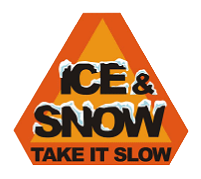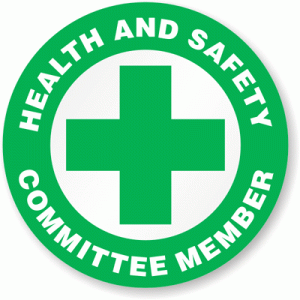 To effectively manage risk it’s critical to get everyone in the company involved, from senior leadership down to hourly workers and everyone in between including managers. What do good managers do?
To effectively manage risk it’s critical to get everyone in the company involved, from senior leadership down to hourly workers and everyone in between including managers. What do good managers do?
- Sets objectives. The manager sets goals for the group, and decides what work needs to be done to meet those goals.
- Organizes. The manager divides the work into manageable activities, and selects people to accomplish the tasks that need to be done.
- Motivates and communicates. The manager creates a team out of his people, through decisions on pay, placement, promotion, and through his communications with the team. Drucker also referred to this as the “integrating” function of the manager.
- Measures. The manager establishes appropriate targets and yardsticks, and analyzes, appraises and interprets performance.
- Develops people. With the rise of the knowledge worker, this task has taken on added importance. In a knowledge economy, people are the company’s most important asset, and it is up to the manager to develop that asset.









